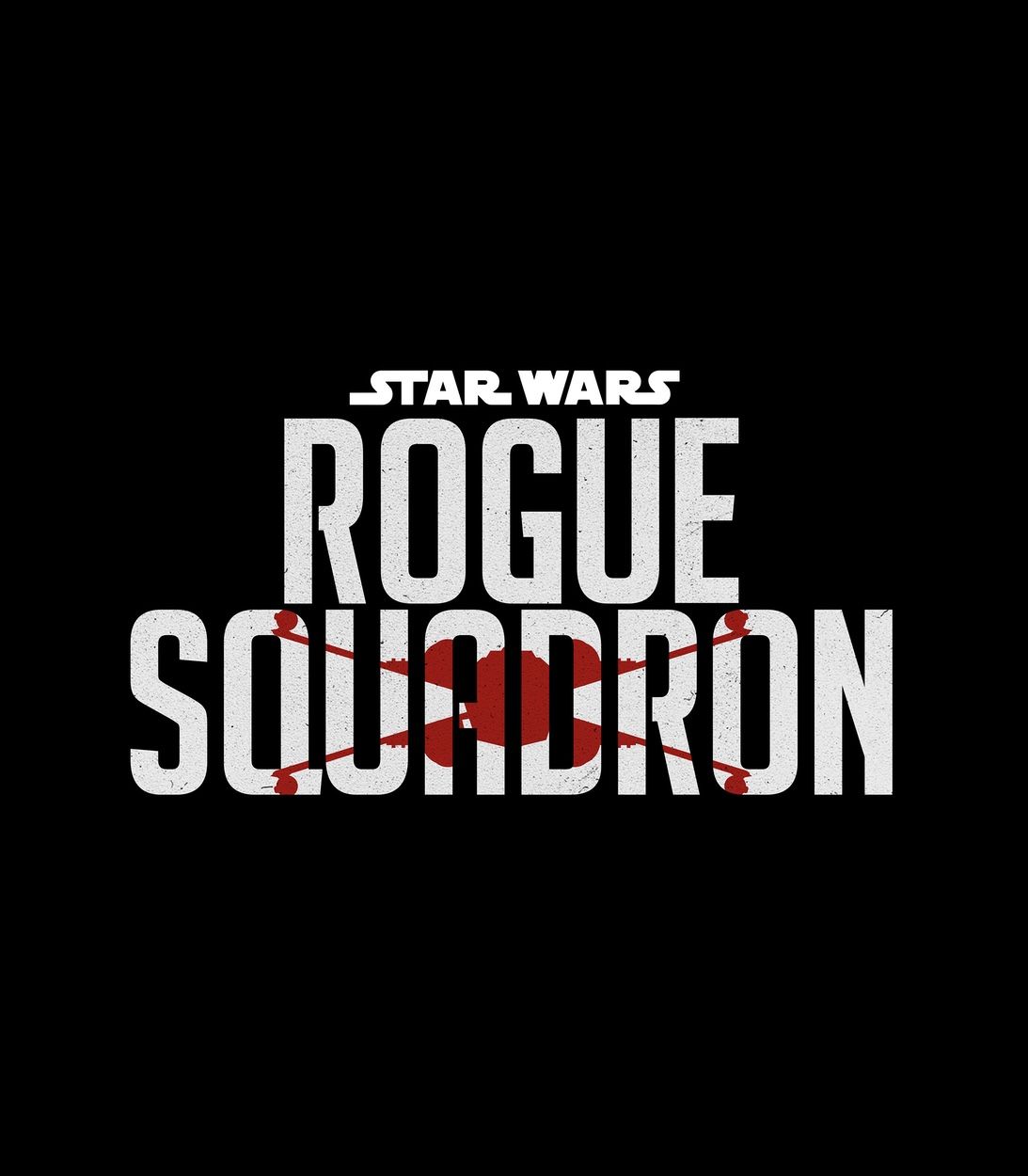Palpatine unexpectedly returned from the dead in Star Wars: The Rise of Skywalker, but in the span of roughly a day, he and his Final Order failed to retake the galaxy, despite this being the same mastermind behind Order 66. Why, after decades of planning, did Palpatine, a Sith Lord and the man behind the Star Wars Skywalker saga’s conflicts, fail when the coup that turned the Galactic Republic into an autocracy work almost flawlessly? With both schemes, Palpatine intended to subjugate the galaxy under Sith rule, but the Final Order and Order 66 each worked towards this endgame in vastly different ways.
In the prequel trilogy, Palpatine used the Invasion of Naboo (a conflict he orchestrated as Darth Sidious) to supplant Finis Valorum as Supreme Chancellor of the Republic. Palpatine was beloved by the citizens of the Republic, and during both the Separatist Crisis and the subsequent Clone Wars (both of which were also created by Sidious), he stayed in office well after his term ended, “reluctantly” accepting ever-growing amounts of emergency powers. Upon recruiting his latest Sith apprentice, Darth Vader, Palpatine enacted the last steps of his coup. Order 66 was activated, wiping out most of the Jedi spread out across the galaxy, and Palpatine officially reorganized the Republic into the Galactic Empire, using the scapegoated Jedi Order as the catalyst to convince the populace into accepting authoritarianism.
The Final Order was the last step of Palpatine’s backup plan, should he and his Empire fall. Through the unnatural dark side power of essence transfer and cloned bodies, Palpatine returned from the dead, albeit physically frail. On the Sith planet Exegol, he built the Sith Eternal military as he waited for the moment to strike at the unsuspecting galaxy. Meanwhile, the First Order (a military junta made up of surviving Imperials and their fanatic followers) destroyed the New Republic and waged war with the Resistance. When the time was right, Palpatine’s Sith Eternal cult and the First Order combined into the Final Order to conquer the galaxy (using a fleet of planet-destroying vessels). Palpatine’s plan failed when the Resistance and the people of the galaxy united, destroying Palpatine and his fleet at Exegol and revolting across the galaxy.
Palpatine’s coup in the prequel trilogy worked because he gradually gained power, falsely earning the public favor and using crises that he secretly created to frighten them into accepting autocracy. Moreover, he used xenophobia to frame the Jedi as the source of all the Republic’s woes, simultaneously turning the galaxy against them and eliminating the greatest threat to his rule. Even the Rebel Alliance wasn’t widely popular at first, being seen by many as a new Separatist movement.
The Final Order ultimately failed because it lacked the tack and subtlety of Order 66. Rather than gradually convince the people of the galaxy to forfeit their freedom, Palpatine used Sith and Imperial fanatics to destabilize the galaxy before attempting to retake it through brute force. Despite his fleet of planet-killers, Palpatine failed because rather than accept his rule, beings rose against him, taking whatever ships they had to Exegol for a final, decisive, battle in Star Wars: The Rise of Skywalker. If Palpatine used a more underhanded approach for the Final Order, it might have been as effective as Order 66.



